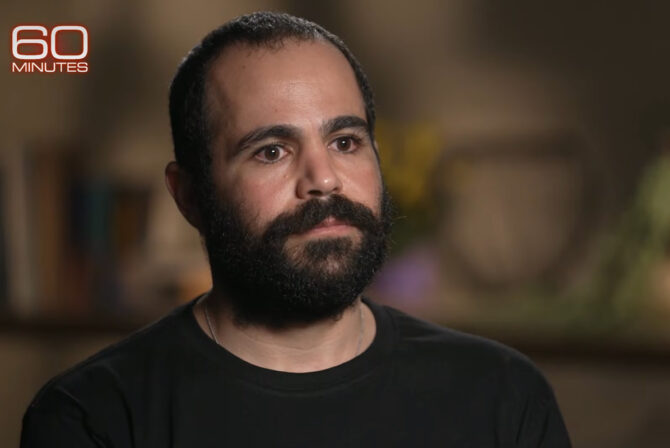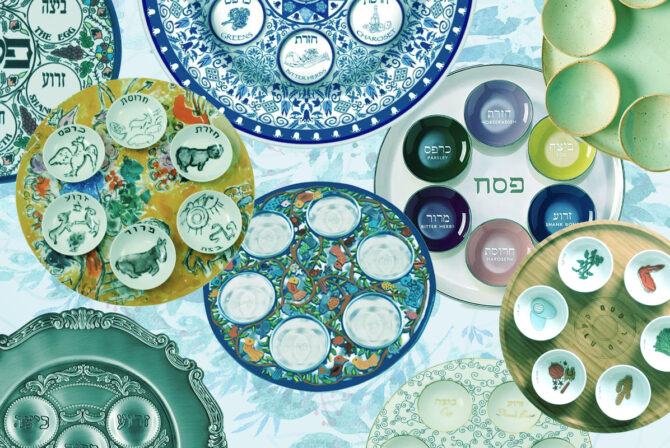When Jewish mom Ruth Mosko Handler created Barbie in 1959, she wanted to give young girls the opportunity to dream about what their lives would be like when they grew up.
Before Barbie, dolls were baby dolls, meant to teach little girls how to nurture. With Barbie — who had breasts — little girls could imagine their future.
Hulu’s new documentary, Tiny Shoulders: Rethinking Barbie, explores Barbie’s relationship to feminism. The documentarians try and show that Barbie was a progressive concept from the get-go; the people who work at Barbie explain that “Barbie has always addressed issues.”
And yet, as I watched Tiny Shoulders, I wondered: On what issues has Barbie been progressive?
Sure, they had Astronaut Barbie in 1965 (it would be another 18 years before the first American woman in space), and, early on, Barbie went to work and owned her own “Dream House.”
But as Gloria Steinem — one of the talking heads in the film — says, “Their slogan is a lie.”
“The idea that you’re strengthening your daughter by saying you can ‘be anything,'” she notes, will likely “make her feel bad if she cannot.” (In other words: “You can be anything!” is not equivalent to feminism.)
Still, the company gets some credit for trying. So, for example, in what the folks at Mattel dub Project Dawn — chronicled by Tiny Shoulders — they tried to catch up with popular culture (and fix their falling sales) by introducing Barbies of different shapes and sizes.
“It’s progress but the bar is low,” Roxane Gay says in the film. “We have to acknowledge progress or they’ll never make more.”
Rafinha Silva, a Brazilian artist, gained internet fame creating hyper-realistic Barbie dolls on an Instagram account @welovetheroyaldolls. He takes the hair off Barbies, and styles them to create dolls that could actually look like real people. (He can’t fix their body shapes, so he focuses on their faces.)
The comments on his posts are filled with people tagging each other “I swear this is you!” “This looks just like ___!” — basically, a cry for representation, be it varying body shapes and sizes, more hairstyles, and a greater diversity of colors.
Barbie tries to deflect criticism with the idea that we should stop talking about Barbie’s body. “Barbie is so much more than just that body,” says a company spokesperson in the film. “I don’t want to talk about her body anymore.”
But so much of what young girls see is Barbie’s body — and that body helped shaped young girls’ ideals of “beauty and femininity,” as Kveller’s Lior Zaltzman recently wrote. “Barbies helped perpetuate a culture that made me feel ‘lesser than’ because of my curves and my lack of thigh gap.”
As The Atlantic points out, Tiny Shoulders “uses Barbie as a metaphor for a culture that’s still infinitely more preoccupied with what a woman looks like than what she says.”
Therein lies the problem. Regardless of Mattel’s steps forward — with “curvy Barbie” and a more diverse array of offerings — Barbie the brand has yet to take ownership their role helping perpetuating a culture that is fixated on promoting a feminine ideal of thin, blonde, and white.









